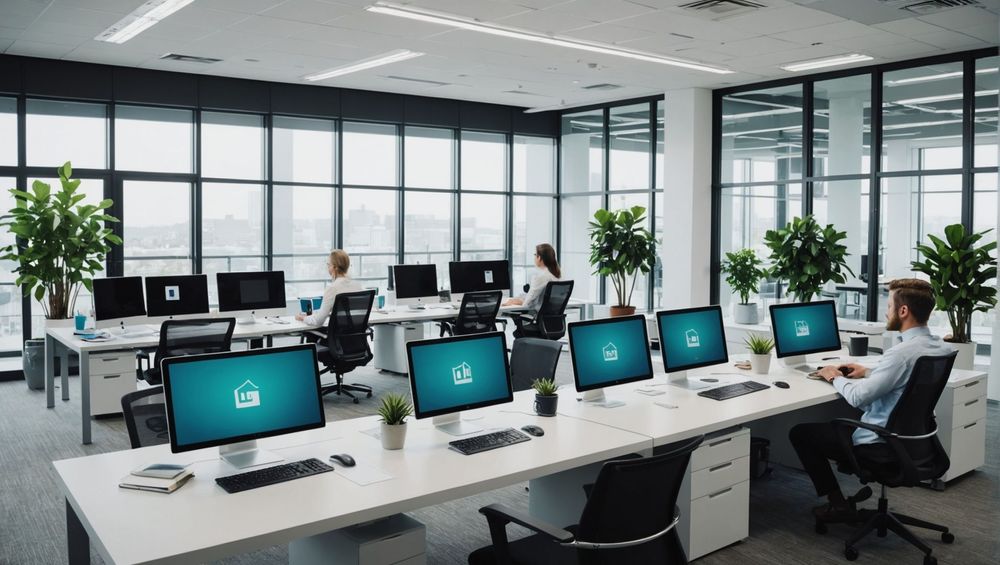As web design trends continue to evolve, CSS drop-down animations remain an essential part of creating engaging and dynamic user interfaces. In 2024, these animations are more sophisticated and smoother than ever, thanks to advancements in CSS3 and modern browser capabilities. This article explores some of the best examples of CSS drop-down animations that will be popular in 2024, providing inspiration for your next web project.
Sliding Drop-Down Menus
Sliding drop-down menus have gained significant traction among web developers. These animations are not only visually appealing but also provide a smooth user experience. A sliding drop-down menu moves vertically and sometimes diagonally, offering a neat transition effect.
The primary benefit of sliding drop-down menus is that they can be easily customized with different colors, speeds, and easing functions to match the website’s theme. Additionally, sliding animations can be combined with other effects like fading or bouncing to create a more dynamic interaction.
Here’s an example CSS code for a simple sliding drop-down menu:
.menu {
display: none;
transition: max-height 0.5s ease-in-out;
max-height: 0;
overflow: hidden;
}
.menu.open {
display: block;
max-height: 500px;
}
Bounce Effect Drop-Downs

The bounce effect drop-down animation is another exciting option that adds a playful touch to websites. This animation makes the drop-down menu appear as if it is bouncing into view, providing a lighthearted and engaging effect. This is particularly useful for websites targeting younger audiences or aiming to create a fun and energetic atmosphere.
Implementing bounce effect animations can be achieved by utilizing keyframe animations in CSS. The animation can be fine-tuned by adjusting the keyframe percentages and the properties like transform and opacity.
Below is an example CSS code for a bounce effect drop-down:
@keyframes bounceIn {
0% { transform: scale(0.5); opacity: 0; }
50% { transform: scale(1.2); opacity: 1; }
100% { transform: scale(1); opacity: 1; }
}
.menu {
display: none;
animation: bounceIn 0.5s forwards;
}
.menu.open {
display: block;
}
Curved Path Animations
In 2024, we are seeing a rise in the use of curved path animations for drop-down menus. These animations make the menu items appear as if they are following a curved path before settling into their final positions. This type of animation is unique and can provide a visually stunning effect, making your website stand out from the competition.
Curved path animations often require the use of CSS along with SVG (Scalable Vector Graphics) to define the path. This combination allows for more control and precision over the animation’s motion.
Here’s a CSS example of creating a curved path animation:
.menu-item {
opacity: 0;
animation: curveDrop 1s forwards;
}
@keyframes curveDrop {
0% { transform: translateY(-50px) translateX(-50px); opacity: 0; }
100% { transform: translateY(0) translateX(0); opacity: 1; }
}
Fade-In Drop-Down Animations

Another popular animation technique in 2024 is the fade-in drop-down. This effect makes the drop-down menu items gradually appear by changing their opacity from 0 to 1. The fade-in animation is subtle but elegant, offering a professional appearance suitable for corporate and minimalist websites.
Fade-in animations are typically easier to implement and can be combined with other animations like sliding or scaling for a more comprehensive effect. The transition property in CSS is crucial to achieve smooth fade-in effects.
Below is an example of a CSS code snippet for a fade-in drop-down:
.menu {
display: none;
opacity: 0;
transition: opacity 0.5s ease-in-out;
}
.menu.open {
display: block;
opacity: 1;
}
Combining Multiple Animations
One of the most creative trends of 2024 is combining multiple animations to create complex and engaging drop-down effects. By blending different animation types, such as sliding, fading, and scaling, developers can craft highly interactive and responsive menus.
Combining these animations requires careful planning to ensure a smooth user experience and to avoid overwhelming visitors. Efficient use of transitions and animations settings is key to achieving a seamless result.
For instance, you can combine sliding and fading animations as follows:
.menu {
display: none;
opacity: 0;
max-height: 0;
transition: opacity 0.5s ease-in-out, max-height 0.5s ease-in-out;
overflow: hidden;
}
.menu.open {
display: block;
opacity: 1;
max-height: 500px;
}
Conclusion
In 2024, CSS drop-down animations continue to play a crucial role in enhancing user experiences on websites. From sliding and bouncing effects to sophisticated curved path animations, these techniques offer a variety of options to create engaging, interactive menus. By understanding and implementing these animations, web developers can ensure their websites remain visually appealing and functional, providing users with an intuitive and enjoyable browsing experience.
FAQ
1. What is a CSS drop-down animation?
A CSS drop-down animation is a visual effect created using CSS that animates the appearance or behavior of a drop-down menu, making it more engaging and interactive for users.
2. How do I implement a sliding drop-down menu?
To implement a sliding drop-down menu, use the transition property in CSS to animate the max-height and opacity of the menu items. This creates a smooth sliding effect when the menu is interacted with.
3. What are the benefits of using CSS animations in drop-down menus?
CSS animations improve user experience by providing visual feedback and making interactions more engaging. They can also make your website look more modern and professional.
4. Can I combine multiple animations in a single drop-down menu?
Yes, you can combine multiple animations such as sliding, fading, and scaling to create a more complex and engaging drop-down menu. However, ensure that the combined effects do not overwhelm the users.
5. Are CSS drop-down animations supported in all browsers?
Most modern browsers support CSS drop-down animations. However, it’s essential to test your animations across different browsers to ensure compatibility and a consistent user experience.



